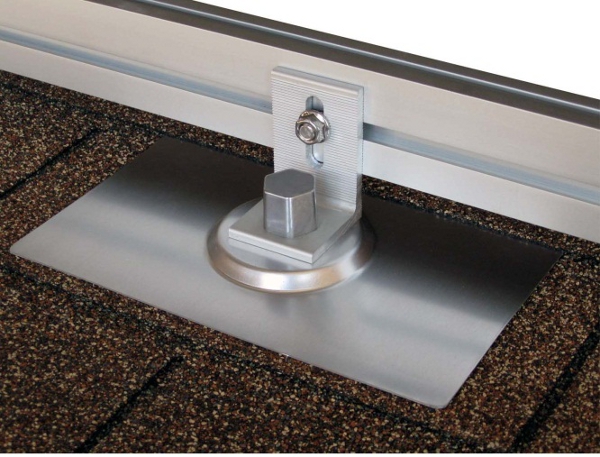Prices have dropped drastically in the solar world. Thanks to tax credits, net metering, and incredible loan programs, solar has become affordable for homes and businesses across the United States. According to researchers from the National Renewable Energy Laboratory and Lawrence Berkeley National Laboratory, the cost of installing a solar photovoltaic (PV) system fell 6 to 14 percent annually from 1998 to 2012. Of course, these costs vary across the U.S. depending on factors, such as "market size and maturity, varying incentives, regulatory costs, and taxes" (Cusick, "DOE Labs Find Solar Prices in Broad Decline").
Solar PV installation prices depend heavily on the cost per watt of the panels, which have shown to drop significantly over the past few years. "The Average installed price of residential and commercial PV systems completed in 2012 decreased by a range of roughly $0.30/W to $0.90/W" each year according to the Lawrence Berkeley National Lab's Tracking the Sun report. The report also claims that solar PV prices were at $12.00 per watt in 1998, and that most of the price reductions occurred within the past 4 years. According to the Solar Energy Industries Association's (SEIA) Quarter 2 2013 U.S. Solar Market Insight Report, the average residential PV price across the U.S. is currently $4.93 per watt, marking a 16% drop from the previous year. Reductions in non-module costs, including labor, permitting, mounting hardware, and inverters have also contributed to the overall decline in solar prices.
According to the Q2 Solar Market Insight Report, "the market success brings U.S. solar electric capacity to 9.4 gigawatts, which is enough to power more than 1.5 million average American homes." U.S. installations grew 15% since quarter 1 of this year, totaling 832 MW. As prices continue to drop, more families and businesses in the U.S. will be able to utilize solar as their source of electricity. The increase in the solar market to 120,000 jobs across the U.S. has shown the tremendous growth and success of the industry, and we hope to see the number continue to skyrocket as prices continue to plunge!




